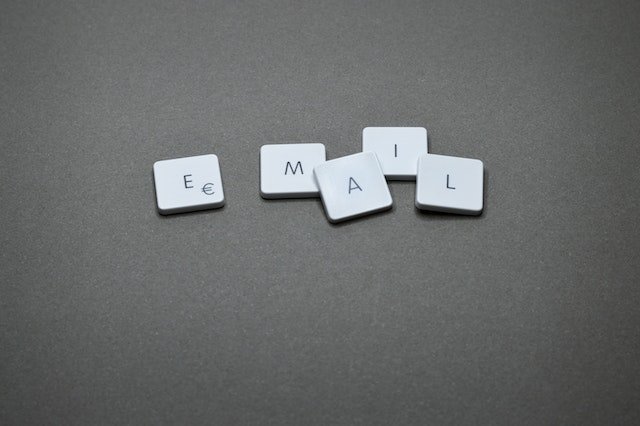Email marketing is a powerful tool that businesses can use to reach and engage with their target audience. It is a cost-effective way to communicate with customers and can be used to build brand awareness, generate leads, and increase sales.
In this blog, we will take a closer look at email marketing and explore some tips and best practices for creating effective email marketing campaigns.
What is Email Marketing?
Email marketing is the process of sending promotional emails to a group of people who have opted-in to receive them. These emails can be used to promote products or services, announce special offers or promotions, and share valuable content.
The goal of email marketing is to build and maintain relationships with customers, and to encourage them to take action. Whether it is to make a purchase, sign up for a newsletter, or visit a website, email marketing can be an effective way to drive engagement and conversions.
Benefits of Email Marketing
There are many benefits to email marketing, including:
-
Cost-effective: Email marketing is one of the most cost-effective marketing channels available. It allows businesses to reach a large audience with minimal investment.
-
Targeted: Email marketing allows businesses to target specific groups of people with personalized messages. This can help increase engagement and conversion rates.
-
Measurable: Email marketing provides businesses with detailed metrics and analytics that can be used to track the success of campaigns and make data-driven decisions.
-
Easy to create: With the help of email marketing software, businesses can create and send professional-looking emails in a matter of minutes.
-
Builds relationships: Email marketing can be used to build and maintain relationships with customers. By providing valuable content and personalized messages, businesses can increase customer loyalty and retention.
Tips for Creating Effective Email Marketing Campaigns
Here are some tips and best practices for creating effective email marketing campaigns:
-
Segment your audience: Divide your email list into segments based on demographics, interests, and behaviors. This will allow you to send targeted messages that are more likely to resonate with your audience.
-
Personalize your messages: Use the recipient's name and personalize the message to make it more engaging and relevant.
-
Keep it short and sweet: Keep your emails short and to the point. Use concise language and include a clear call to action.
-
Use eye-catching visuals: Use images and graphics to make your emails more visually appealing and engaging.
-
Make it mobile-friendly: Ensure your emails are optimized for mobile devices. Most people read emails on their phones, so it's important to make sure your messages are easy to read on a small screen.
-
Test and optimize: Test different subject lines, content, and calls to action to see what works best for your audience. Use data and analytics to optimize your campaigns and improve performance.
In conclusion, email marketing can be a powerful tool for businesses looking to engage with customers and drive conversions. By following these tips and best practices, businesses can create effective email marketing campaigns that deliver results.

